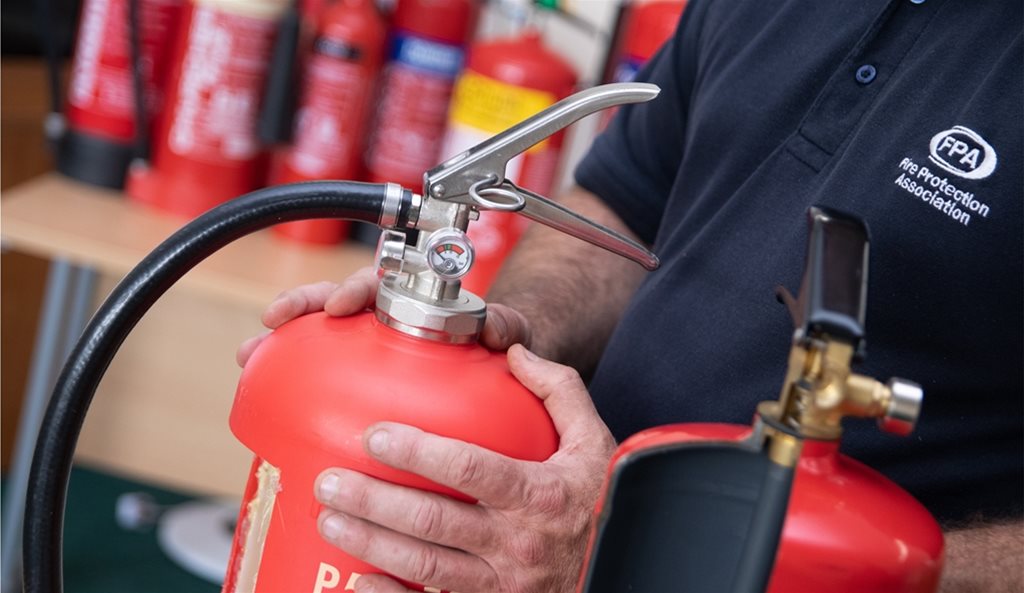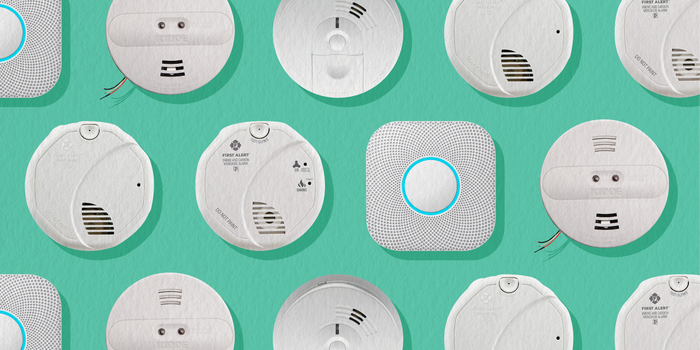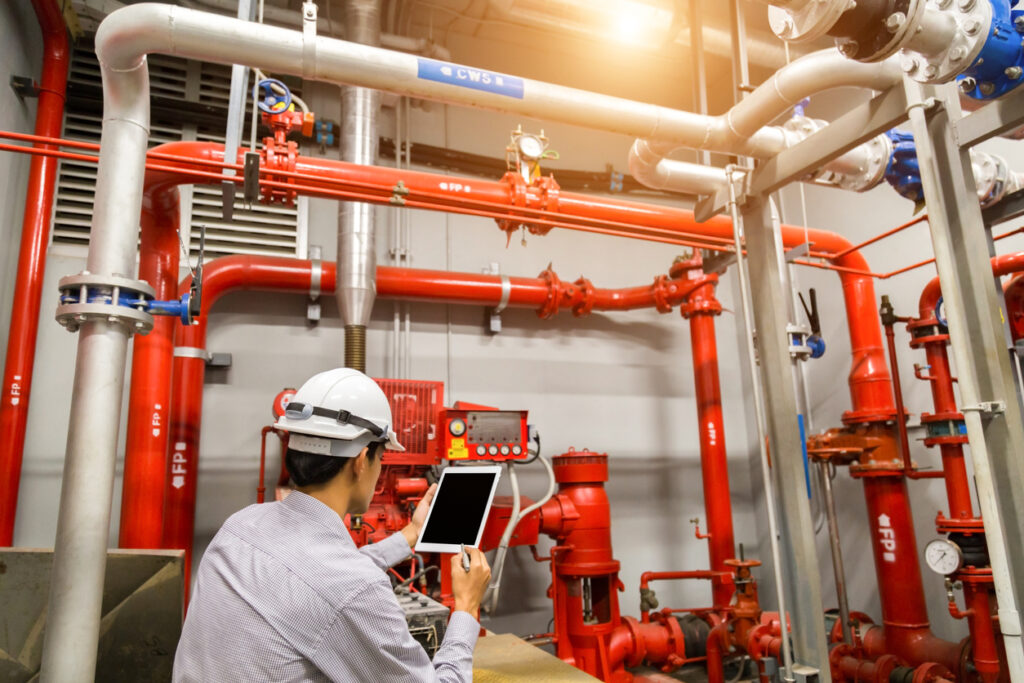In the face of increasingly complex and dangerous fires, the firefighting profession has seen remarkable advancements in technology. Firefighters face a range of challenges, from unpredictable wildfire behavior to structural fires in urban environments, often risking their lives to save others and protect property. Fortunately, emerging technologies are revolutionizing firefighting tactics, improving operational efficiency, and enhancing the safety of firefighters.
From drones and thermal imaging to wireless connectivity and autonomous robotics, these innovations are empowering fire departments to respond more effectively to emergencies. This blog explores the cutting-edge technologies shaping the future of firefighting and how they are transforming the profession into a safer, more precise, and highly adaptive field.
The Growing Complexity of Firefighting
As urban areas expand and climate change fuels increasingly intense wildfires, firefighting has become more complex. Wildfires are spreading faster, consuming larger areas, and threatening more homes and communities than ever before. Meanwhile, urban fires present challenges such as high-density populations, hazardous materials, and structural collapses.
Traditional firefighting tactics, while effective in many cases, often struggle to address these modern challenges. Fire departments are now turning to emerging technologies to gain a strategic advantage, improve situational awareness, and ensure the safety of both firefighters and civilians.
Drones: Eyes in the Sky
Drones, also known as unmanned aerial vehicles (UAVs), have become indispensable tools in firefighting operations. Equipped with advanced cameras, sensors, and thermal imaging, drones provide real-time aerial views of fire scenes, enabling incident commanders to make informed decisions.
1. Real-Time Surveillance
Drones can quickly survey fire-affected areas, providing a bird’s-eye view of the situation. This is especially valuable for wildfires, where the scale and speed of the fire make it difficult to assess from the ground.
- Wildfire Mapping: Drones equipped with thermal imaging cameras can map the extent of a wildfire, detect hot spots, and track its movement in real time. This information helps firefighting teams allocate resources more effectively and plan containment strategies.
- Structural Fires: In urban settings, drones can assess the stability of burning buildings, monitor roof integrity, and identify areas where firefighters can safely enter.
2. Search and Rescue
In addition to combating fires, drones play a critical role in search and rescue operations. Thermal imaging sensors can detect heat signatures, helping locate trapped individuals in smoke-filled environments or dense forests.
3. Hazard Assessment
Drones can identify hazardous materials, monitor air quality, and detect chemical spills, keeping firefighters informed about potential risks.
The use of drones not only enhances situational awareness but also reduces the need to send firefighters into dangerous environments unnecessarily, improving overall safety.
Thermal Imaging: Seeing Beyond the Flames
Thermal imaging technology has become a cornerstone of modern firefighting. By detecting heat signatures, thermal imaging cameras provide critical information that is invisible to the naked eye, even in low-visibility conditions such as dense smoke or darkness.
1. Locating Hot Spots
Thermal imaging cameras can identify hot spots within a fire, allowing firefighters to focus their efforts on areas where flames are most active. This is particularly useful during overhaul operations, where hidden embers can reignite fires.
2. Improving Navigation
In smoke-filled environments, visibility is often reduced to near zero. Thermal imaging cameras help firefighters navigate safely by highlighting heat sources, structural hazards, and potential escape routes.
3. Search and Rescue
Thermal imaging is invaluable for locating victims in burning buildings or wilderness areas. By detecting body heat, these cameras can pinpoint the location of individuals who might otherwise remain obscured by smoke or debris.
4. Drone Integration
When mounted on drones, thermal imaging cameras offer a powerful combination of aerial surveillance and heat detection. This enables firefighting teams to monitor large fire zones, detect flare-ups, and assess the effectiveness of fire suppression efforts.
Wireless Connectivity: Enhancing Communication and Coordination
Effective communication is critical during firefighting operations. Wireless connectivity technologies, such as 5G networks, mesh networks, and IoT (Internet of Things) devices, are transforming the way firefighters communicate and coordinate their efforts.
1. Real-Time Data Sharing
Wireless connectivity allows team members to share real-time data, such as fire locations, weather conditions, and resource availability. Incident commanders can use this information to make informed decisions and adjust strategies as the situation evolves.
- Connected Helmets: Modern firefighter helmets equipped with wireless communication systems enable clear and uninterrupted communication, even in noisy or chaotic environments.
2. IoT Sensors
IoT devices, such as temperature sensors and air quality monitors, can be deployed in fire zones to collect data and transmit it to command centers. This provides a comprehensive view of the fire environment, helping teams anticipate risks and respond proactively.
3. Remote Monitoring
Wireless connectivity enables remote monitoring of firefighter health and safety. Wearable devices can track vital signs, such as heart rate and body temperature, alerting commanders to signs of heat stress or fatigue.
4. Improved Logistics
Wireless networks streamline logistics by enabling automated tracking of equipment, vehicles, and supplies. This ensures that resources are delivered to the right place at the right time.
Robotics: Enhancing Firefighting Capabilities
Robotics is an emerging field that holds immense potential for firefighting operations. Robotic systems can perform tasks that are too dangerous or physically demanding for human firefighters.
1. Firefighting Robots
Firefighting robots are designed to extinguish fires in hazardous environments, such as industrial facilities, tunnels, and ships. These robots are equipped with water cannons, fire retardant sprayers, and thermal imaging cameras.
- Autonomous Navigation: Some robots can navigate complex environments autonomously, using AI and sensors to avoid obstacles and locate fire sources.
- Remote Control: Robots can be operated remotely, allowing firefighters to tackle fires from a safe distance.
2. Search and Rescue Robots
Robots designed for search and rescue missions can enter collapsed buildings or tight spaces to locate and retrieve trapped individuals. These robots are often equipped with cameras, sensors, and robotic arms to assist in rescue operations.
3. Drones with Fire Suppression Capabilities
In addition to surveillance, drones are being developed with fire suppression capabilities. These drones can carry and release fire retardants or water, providing an agile and targeted solution for combating small fires or flare-ups.
Artificial Intelligence: Smarter Firefighting
Artificial intelligence (AI) is playing a transformative role in firefighting by analyzing data, predicting fire behavior, and optimizing resource allocation.
1. Fire Prediction and Risk Assessment
AI algorithms can analyze historical data, weather patterns, and vegetation conditions to predict where fires are most likely to occur. This helps fire departments proactively prepare for potential emergencies.
2. Real-Time Fire Behavior Modeling
During active fires, AI models can simulate how a fire is likely to spread based on factors such as wind speed, terrain, and fuel availability. These predictions enable firefighting teams to stay ahead of the fire and plan containment strategies.
3. Resource Optimization
AI systems can analyze resource availability and recommend the most efficient deployment of personnel, vehicles, and equipment. This ensures that firefighting efforts are both effective and cost-efficient.
4. Post-Incident Analysis
After a fire has been contained, AI can analyze data from the event to identify areas for improvement. This includes evaluating the effectiveness of firefighting tactics and recommending adjustments to training programs.
The Benefits of Emerging Technologies
The integration of emerging technologies into firefighting operations offers numerous benefits:
- Enhanced Safety: Technologies such as drones, thermal imaging, and robotics reduce the need for firefighters to enter dangerous environments, minimizing risks.
- Improved Efficiency: Advanced tools enable faster and more accurate fire detection, assessment, and response.
- Better Decision-Making: Real-time data and AI-powered insights help incident commanders make informed decisions.
- Cost Savings: By optimizing resource allocation and preventing fire escalation, technologies reduce the overall cost of firefighting operations.
- Increased Resilience: Emerging technologies help fire departments prepare for and respond to increasingly complex and severe fire incidents.
Challenges and Future Directions
Despite their potential, these technologies face challenges such as high costs, training requirements, and integration with existing systems. Additionally, reliance on technology must be balanced with the human expertise and adaptability that are essential in firefighting.
Looking ahead, continued innovation and investment will drive the development of even more advanced tools, such as autonomous firefighting vehicles, AI-powered drones, and global fire monitoring networks. Collaboration between technology developers, fire departments, and government agencies will be key to realizing the full potential of these advancements.
Conclusion
Emerging technologies are reshaping the firefighting profession, offering new ways to combat fires, protect lives, and safeguard property. From drones and thermal imaging to wireless connectivity and robotics, these innovations are empowering firefighters with the tools they need to tackle increasingly complex challenges.
As technological advancements continue to accelerate, the future of firefighting looks brighter, safer, and more efficient. By embracing these cutting-edge tools, fire departments can enhance their capabilities, improve safety, and build more resilient communities. The integration of technology into firefighting is not just a step forward—it’s a leap toward a safer and more prepared world.





